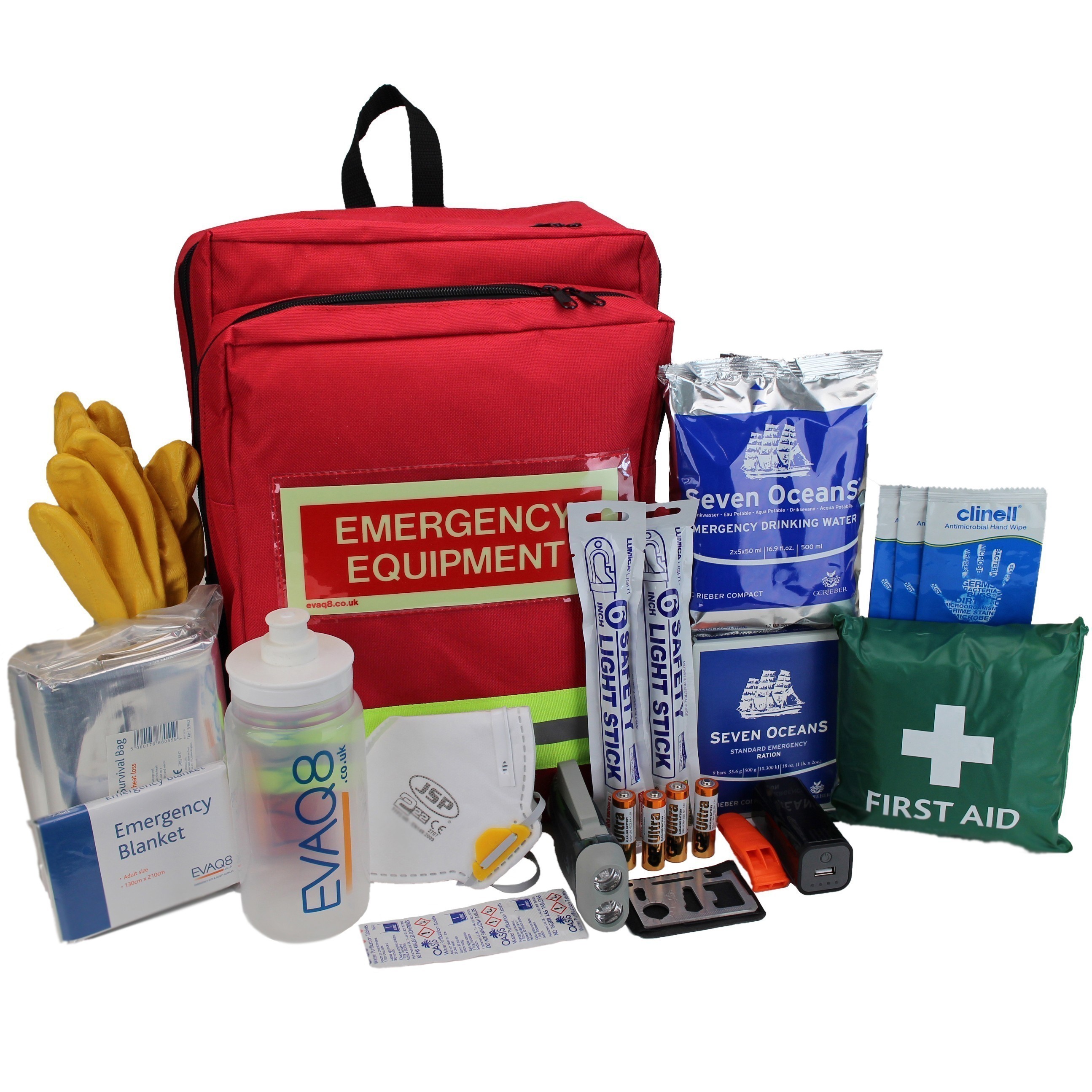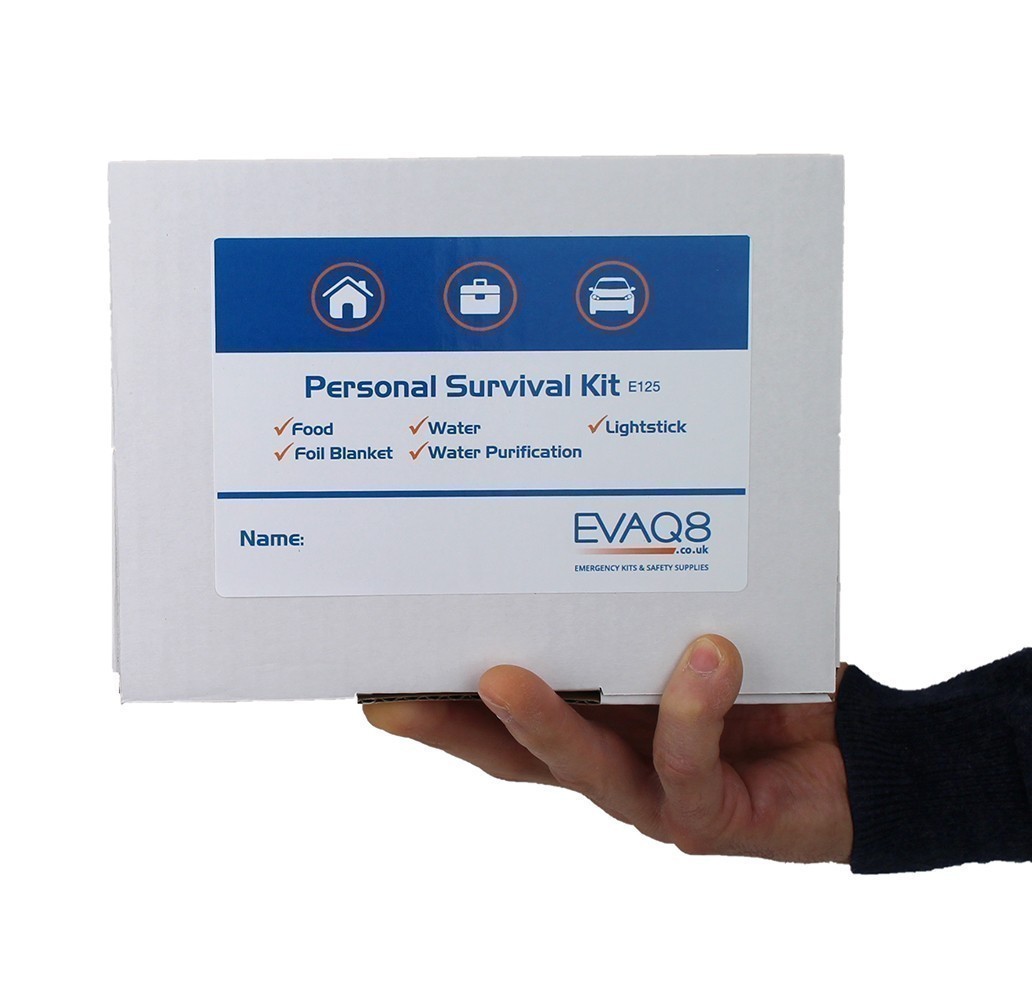How to build your own Emergency Kit
What kind of Emergency Kit do I need? Small Business? see Business Preparedness | |||
 Example of a Standard Emergency Go Bag | Evacuation & Shelter-in-Place Emergency Kits
A well-made Go Bag will handle both evacuation and sheltering in place scenarios. It will contain your personal emergency supplies pre-packed in an easy-to-carry solution, usually a sturdy backpack. It holds all the items you will need if you have to leave your home or workplace immediately; for example if you are advised to evacuate. In addition to essential survival supplies you should pack personal items such as medication, maps, keys, spare glasses, copies of documents and other important records. Store your Go Bag in a safe and secure location ready to be grabbed at a moment's notice.
You also need an Emergency PlanMake a Personal Emergency Plan that fits you and your particular circumstances. The link accesses lots of FREE resources including useful templates and information about many different scenarios to help you plan and be better prepared for flooding, storms, fire etc. If you want to know even more and are interested in resilience then check out our evidence-based resilience blog.
| ||
How do I build my own Emergency Kit? | |||
 A Personal Survival Box that can be included in your Go Bag | |||
Emergency Go Bag Contents List | |||
Water: pack at least 1.5 litres of drinking water per person per day. You can simply pack mineral water bottles, but these will have limited shelf life, so you will need to replace these at regular intervals. Emergency drinking water pouches, as used in life-raft supplies, have a five year shelf life hence provide an elegant solution for your Go Bag. One way of reducing the amount of water you carry in your Go Bag is to pack water purification tablets - these can be used to treat almost any water, making it suitable to drink. If you don't wish to use chemicals to disinfect your water, you can choose a purification or filtration bottle. These are compact bottles with integrated filter cartridges. You can fill from any water source and the filter will stop the bacteria, viruses, fungi and other water-borne pathogens.
| |||
| |||







